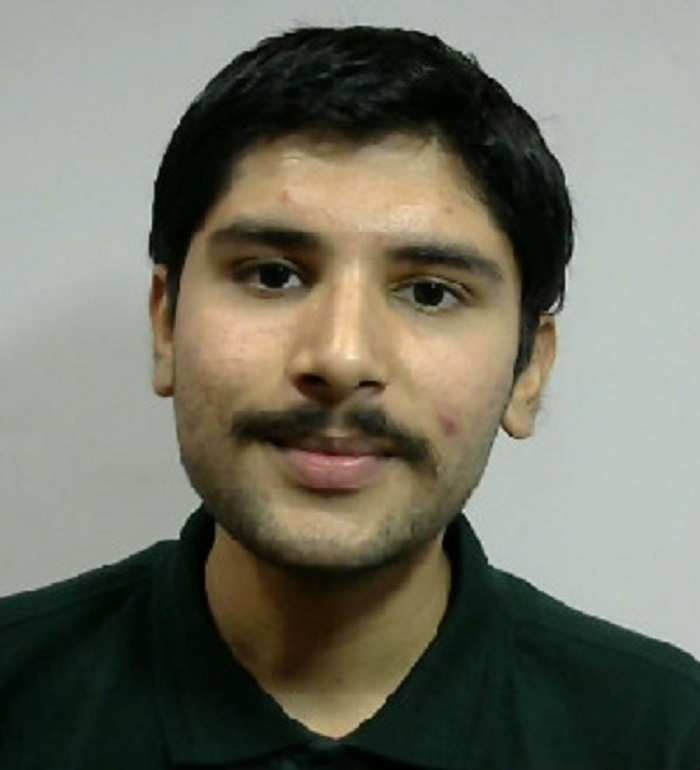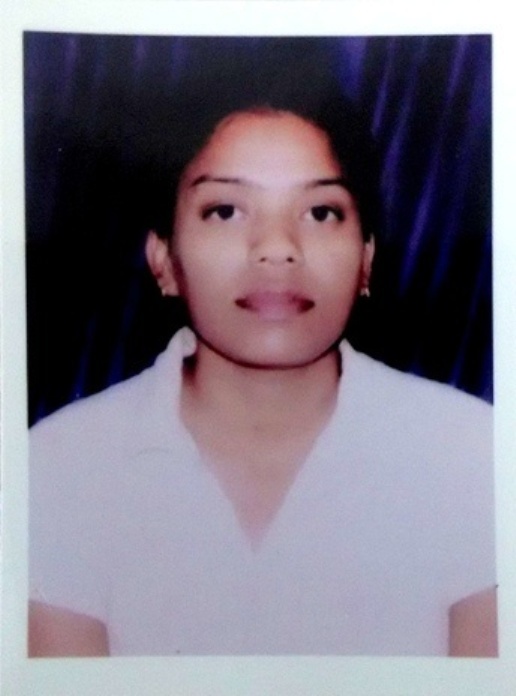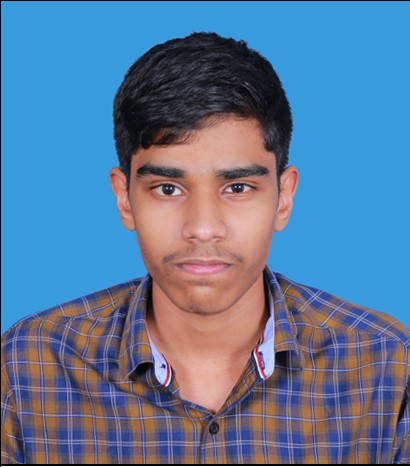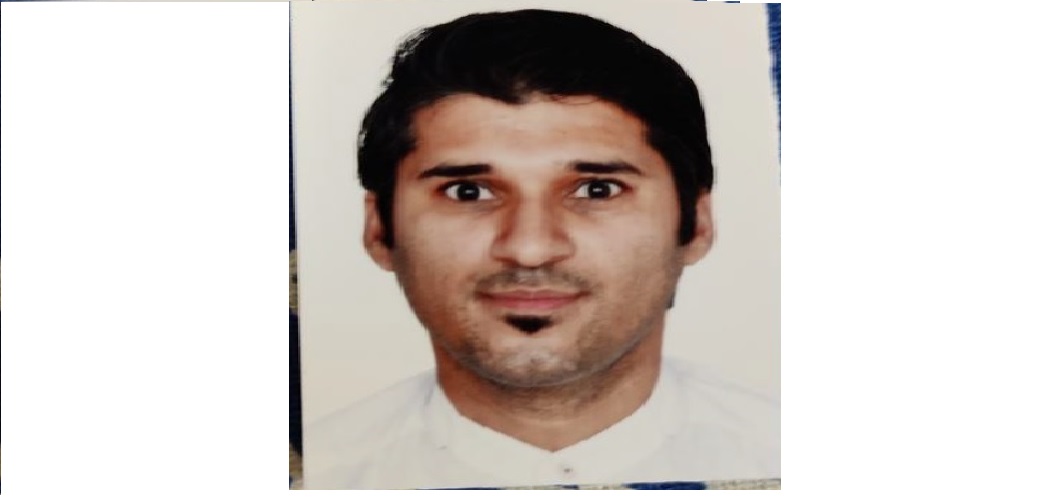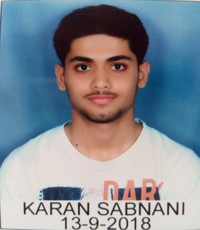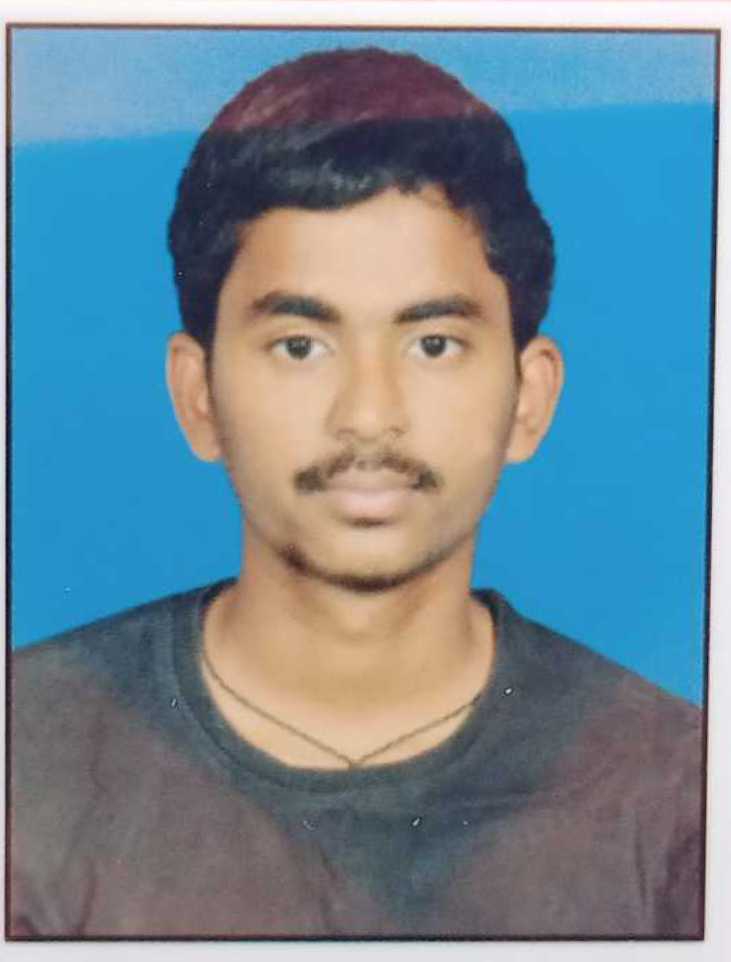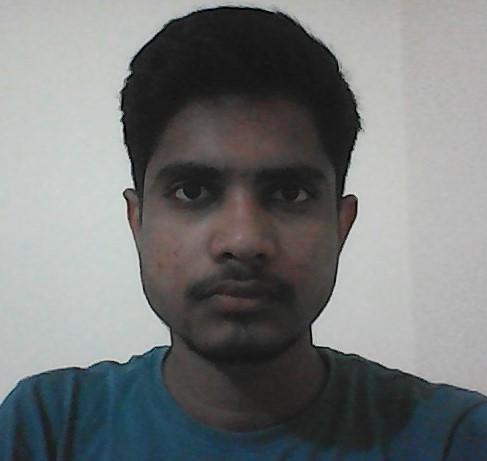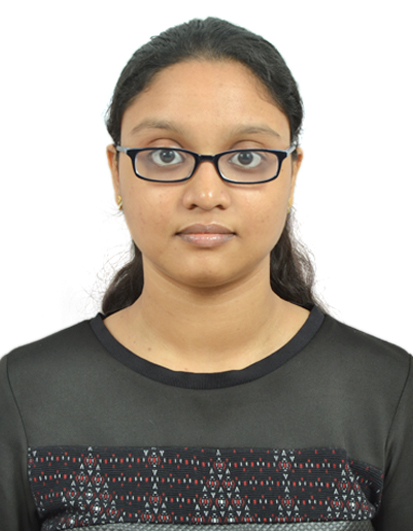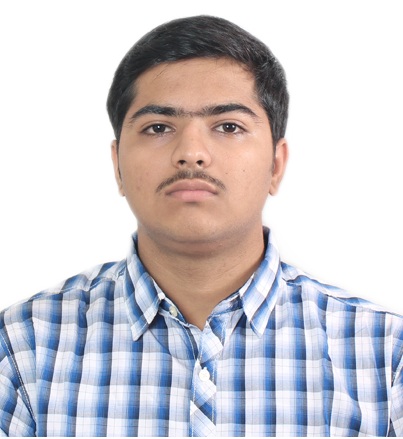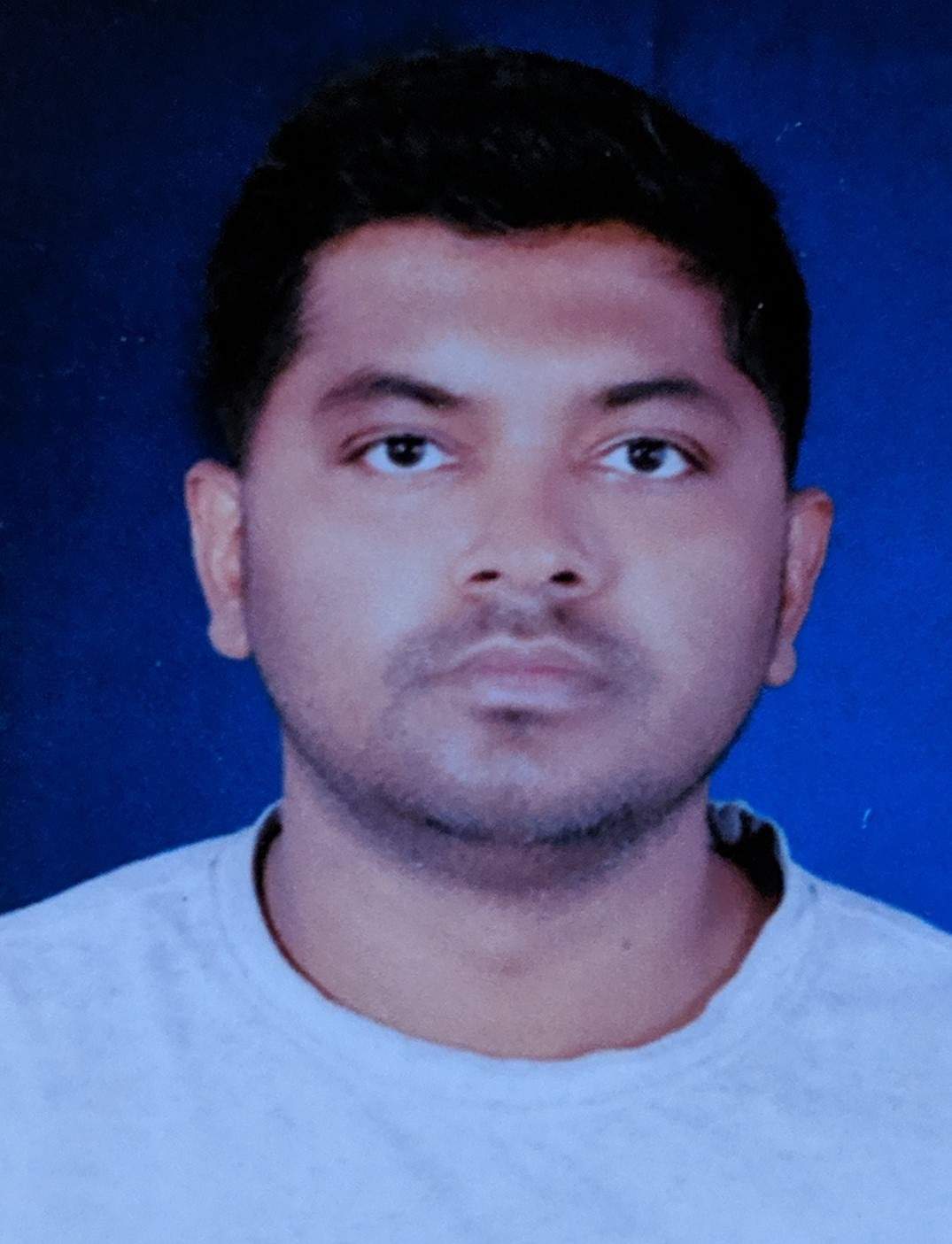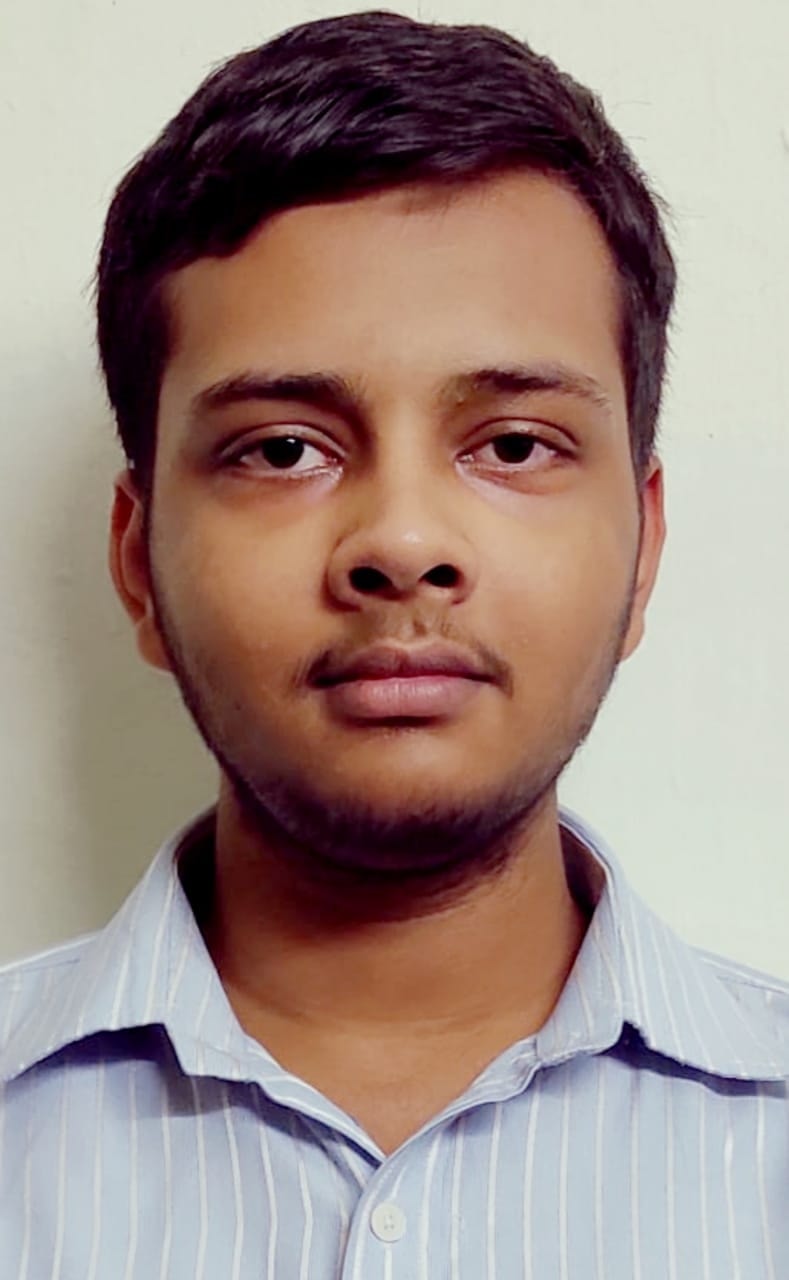Course abstract
There has been a continual debate on which programming language/s to learn, to use. As the latest TIOBE Index for May 2019 indicates – Java (16%), C (14%), C++ (8%), Python (8%), and C# (4%) together control nearly half the programming community. Given this, it is still important to learn C and C++ because of the efficiency they offer. While we appreciate that Java is good for applications, for graphics; and we acknowledge that Python is appropriate for portable software, engineering problem solving (especially ML), and graphics; it is worth bearing in mind that the JVM (Java Virtual Machine) and PVM (Python Virtual Machine - Python interpreter) are indeed written in C++, making C++ the father of all languages today.
Well, C++ is the systems language. It is multi-paradigm - procedural, object-oriented, functional, and generic. So, why should I learn it if my primary focus is on applications? The answer lies in the recent updates of C++, namely, C++11, C++14, C++17, and upcoming C++20 that offer excellent depths and flexibility for C++ that no language can match. These extensions attempt to alleviate many of the long-standing shortcomings of C++ including porous resource management, error-prone pointer handling, expression semantics, and better readability.
The present course builds up on the knowledge of C programming and basic data structure (array, list, stack, queue, binary tree etc.) to create a strong familiarity with C++98 and C++03. Besides the constructs, syntax and semantics of C++ (over C), we also focus on various idioms of C++ and attempt to go to depth with every C++ feature justifying and illustrating them with several examples and assignment problems. On the way, we illustrate various OOAD (Object-Oriented Analysis and Design) and OOP (Object-Oriented Programming) concepts.
While this course can be understood independently (after a course in C programming), it would help in developing understanding in OOP. Hence this course is advised in conjunction with OOAD.
End Note: If you wonder how C++ stands against Java, note the relative movement of the languages since 2016 (when these course videos were recorded) till 2019. In 2016, Java stood at 21% and C/C++ combine at 20%. In 2019, Java has slipped to 16% and C/C++ combine has climbed to 22%. And Java is an application programming language while C++ is a systems language!
Course Instructor

Prof. Partha Pratim Das
Dr. Partha Pratim Das received his BTech, MTech and PhD degrees in 1984, 1985 and 1988 respectively from IIT Kharagpur. He served as a faculty in Department of Computer Science and Engineering, IIT Kharagpur from 1988 to 1998. In 1998, he joined Alumnus Software Ltd as a Business Development Manager. From 2001 to 2011, he worked for Interra Systems, Inc as a Senior Director and headed its Kolkata Center. In 2011, he joined back to Department of Computer Science and Engineering, IIT Kharagpur as Professor. Dr. Das has also served as a Visiting Professor with Institute of Radio Physics and Electronics, Calcutta University from 2003 to 2013.Dr. Das is currently the Head of Rajendra Mishra School of Engineering Entrepreneurship and the coordinator for the upcoming Technology Park of IIT Kharagpur at Rajarhat, Kolkata. He is also the Joint Principal Investigator of National Digital Library project of MHRD and leads the initiative to integrate the Institutional Digital Repositories of various institutions across India.Dr. Das has taught several courses in Computer Science. In the past 5 years he has been teaching Software Engineering, Object-Oriented Systems, Programming and Data Structure, and Compiler Design. Jointly with 2 others, he has also offered a course on Introduction to Design of Algorithms under the T10KT program of NME-ICT, MHRD (https://www.facebook.com/t10kt.algorithms/) to nearly 7000 teachers.Dr. Das has published over 40 technical papers in international journals in areas of Digital Geometry, Image Processing, Parallel Computing and Knowledge-based Systems. In 2013 he has co-authored a research monograph titled Digital Geometry in Image Processing (CRC Press). His current interests include Image Processing and Computer Vision (human activity tracking using Kinect), Object-Oriented Systems Analysis and Design (UML, Design Patterns and C++11), Software Engineering (automated program analysis using static and dynamic instrumentation), Compiler Technology (multi-threaded debugging), Digital Geometry, and Embedded Systems.Dr. Das is a member of Association of Computing Machinery (ACM), The Institute of Electrical and Electronics Engineers (IEEE), Indian Unit for Pattern Recognition and Artificial Intelligence (IUPRAI) and VLSI Society of India (VSI).More info
Teaching Assistant(s)
No teaching assistant data available for this course yetCourse Duration : Sep-Nov 2020
View Course
Enrollment : 20-May-2020 to 21-Sep-2020
Exam registration : 14-Sep-2020 to 02-Nov-2020
Exam Date : 18-Dec-2020
Enrolled
26987
Registered
1436
Certificate Eligible
267
Certified Category Count
Gold
2
Silver
65
Elite
172
Successfully completed
28
Participation
815
Legend
AVERAGE ASSIGNMENT SCORE >=10/25 AND EXAM SCORE >= 30/75 AND FINAL SCORE >=40BASED ON THE FINAL SCORE, Certificate criteria will be as below:
>=90 - Elite + Gold
75-89 -Elite + Silver
>=60 - Elite
40-59 - Successfully Completed
Final Score Calculation Logic
- Assignment Score = Average of best 6 out of 8 assignments. Exam Score = 50% of Certification Exam Score out of 100
- Final Score(Score on Certificate)= 50% of Exam Score +25%Unproctored programming exam score+ 25% of Assignment Score NOTE: Assignment score/week = average of scores of all assignments in that week Best of 6/8 such assignments will be considered for assignment scores Average of Best unproctored score has been taken from 2 session We have taken best assignment score and unproctored Score from Both Jan and July course
Enrollment Statistics
Total Enrollment: 26987
Registration Statistics
Total Registration : 1233
Assignment Statistics
Exam score
Final score
.jpg)
.jpg)
.jpg)
.jpg)
